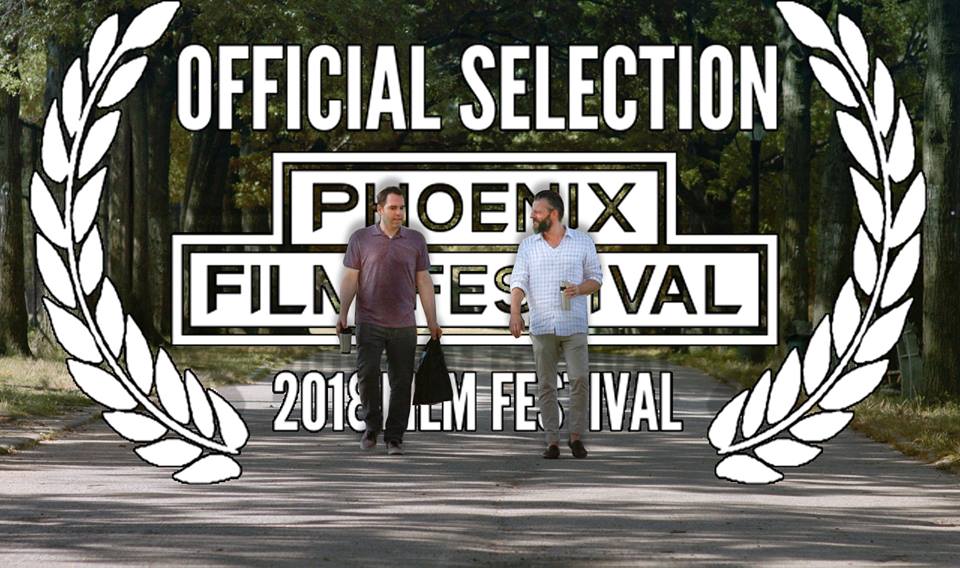Greta
Director: Neil Jordan
Starring: Chloë Grace Moretz, Isabelle Huppert, Maika Monroe, Zawe Ashton, and Colm Feore
“No act of kindness, however small, is ever wasted,” an excerpt from an Aesop fable.
Aesop’s words and fables have illustrated numerous, valuable life lessons humanity can still learn from today. Though, considering just how terrible humanity can be to one another, it’s easy to remember moments in life when you may have been too nice to someone else, and had that act of kindness taken advantage of.
Director Neil Jordan crafts his own wicked fable with the film “Greta,” a story that deals with aspects of obsession and compulsion conveyed upon a young woman played by, Chloë Grace Moretz, who was trying to simply live by Aesop’s rule of kindness.
The unhinged predator in pursuit is none other than Academy Award winning actress Isabelle Huppert doing her best “big bad wolf” performance.
Frances (Chloë Grace Moretz) is a small town girl living in the big city, working as a waitress in a fine dining restaurant. She lives in a modern style loft with her best friend Erica (Maika Monroe), wandering around the city with wide eyed amusement, and travels on the subway to get to work.
Frances is clearly trying to separate herself from the past but is doing her best to live a happy life in the present. On a trip home on the subway Frances finds a purse left behind, she searches it and finds an address that leads her to a lonely older woman named Greta (Isabelle Huppert).
Frances develops a connection with Greta, they play the piano and look at dogs to adopt, and the two quickly become friends. But Greta has a secret and when Frances discovers it their relationship quickly changes.
Stories of obsession are common in cinema; whether a young man’s obsession with his dead mother from “Psycho,” or a woman’s obsession with a married man in “Fatal Attraction,” or a deranged Hobbit’s obsession with a golden ring in “Lord of the Rings.”
Obsession can make for intriguing tales that display the lengths that humanity will go to capture the person, place or thing they value so greatly.
“Greta” at its narrative core is composed around the aspect of obsession, turning a story that straddles the line between being a cat-and-mouse thriller and a straight up survival horror film.
It’s unfortunate that the film never makes a clear choice of what it wants to be, but instead fumbles about with some great actors doing their best with a story that never builds the tension or fear that it is trying to achieve.
While the setup functions nicely to introduce the two characters together, with Moretz and Huppert creating some good chemistry with each other, once the deception is revealed the film falls into familiar territory.
At one moment the film feels like it may swerve in another direction, which would make sense considering director Neil Jordan’s ability to turn strange circumstances into intriguing character studies. But instead it continues on its one-dimensional path.
Moretz is a great actress who unfortunately isn’t utilized completely here, just like in other recent films, with ineffective ways that display her raw and emotional talent.
Huppert keeps the film afloat with her sly smile and unhinged outbursts, but even her character at times feels pulled from a different story completely.
The character Greta seems rich with a backstory that is never used to build more complexity into why she is doing such terrible things. “Greta” boasts a capable cast, a good director and an intriguing setup, each of which is completely underutilized in this by-the-numbers thriller.
Monte’s Rating
2.00 out of 5.00














































